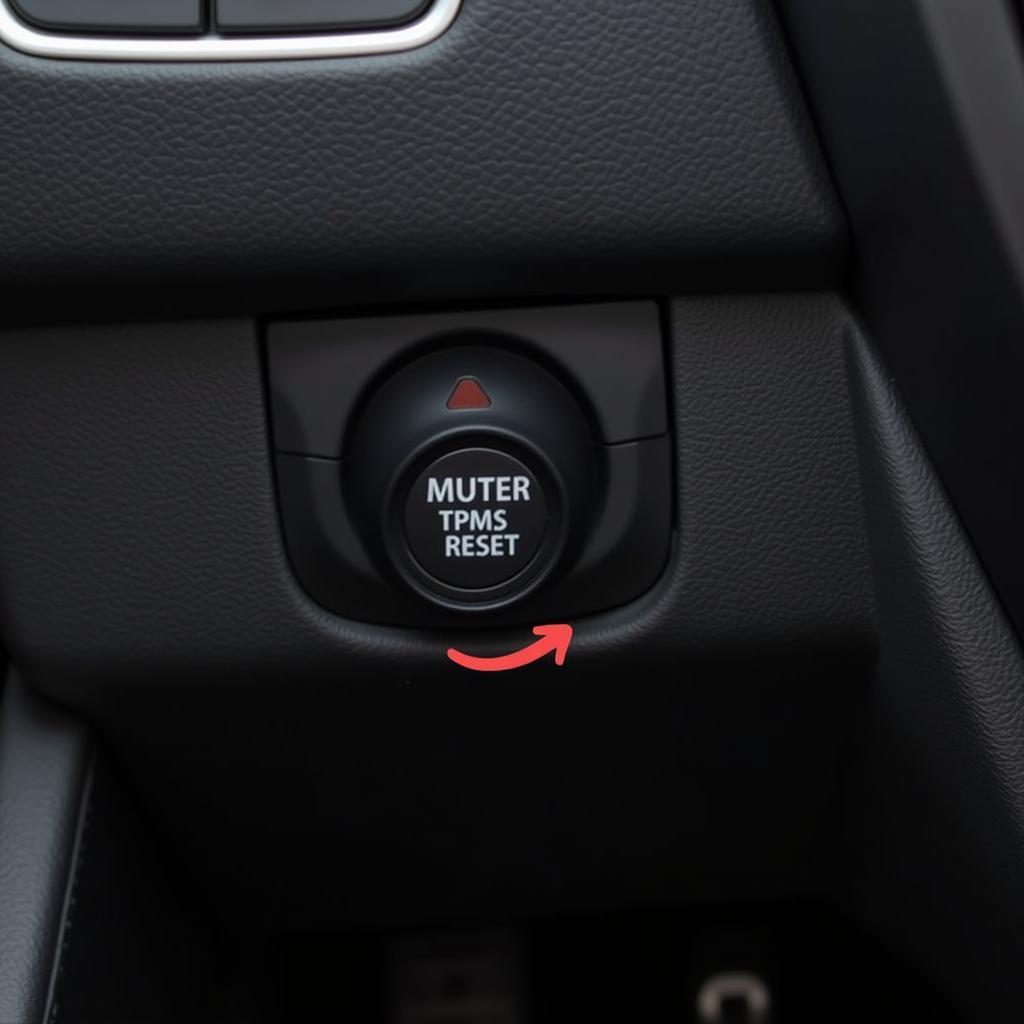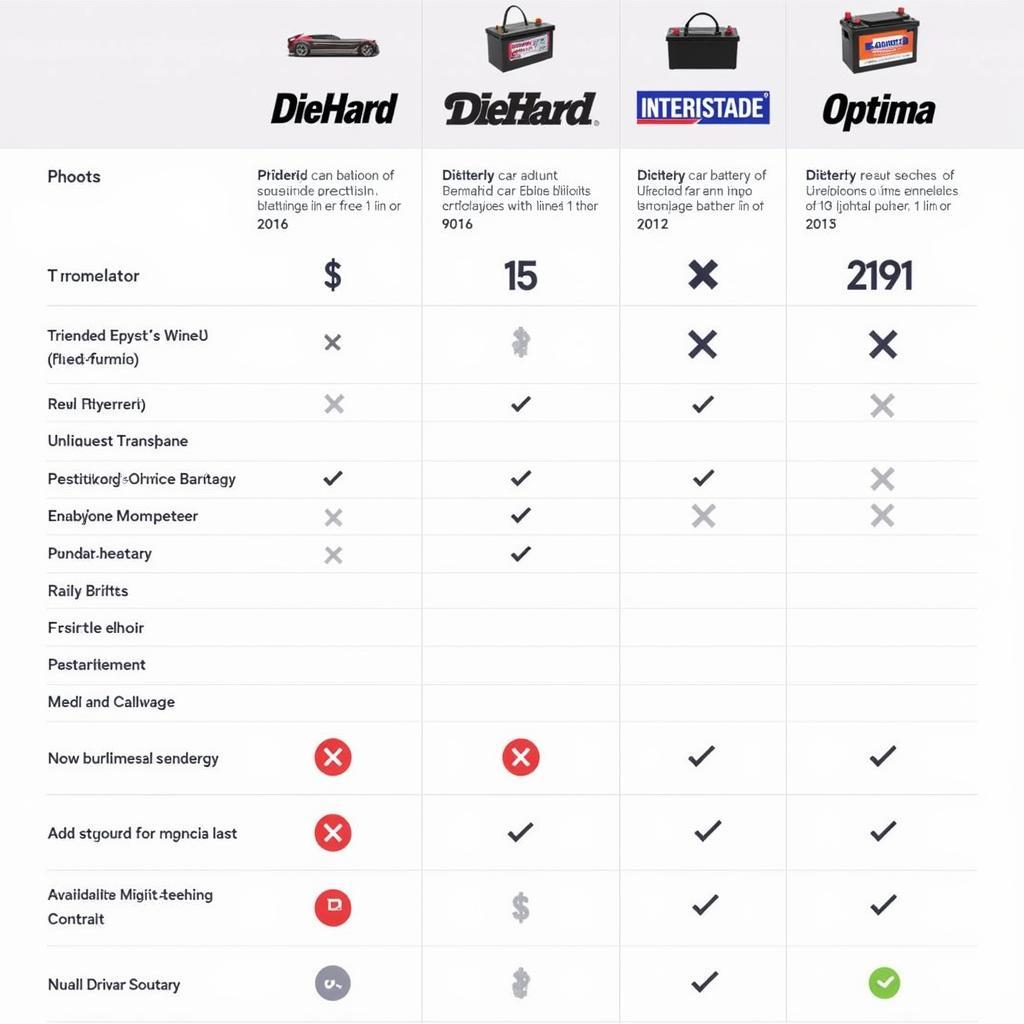Seeing a warning light illuminate on your dashboard can be a stressful experience, especially when it’s the tyre pressure warning light on your Seat Leon. While it can indicate a serious issue, often it’s a simple fix. This guide will take you through the common causes of the Seat Leon tyre pressure warning light and how to reset it.
Understanding Your Tyre Pressure Monitoring System (TPMS)
Your Seat Leon is equipped with a Tyre Pressure Monitoring System (TPMS). This system uses sensors located inside each wheel to constantly monitor the pressure. If the pressure drops significantly below the recommended level, the TPMS triggers the warning light on your dashboard.
Common Causes of a Seat Leon Tyre Pressure Warning Light
Before you reset the warning light, it’s essential to understand why it was triggered. Here are some of the most common causes:
- Low Tyre Pressure: The most obvious cause is one or more tyres with pressure significantly lower than the recommended PSI. This could be due to a slow puncture, a recent change in temperature, or simply neglecting regular pressure checks.
- Tyre Puncture: A puncture, whether it’s a small nail or a larger cut, will cause a rapid loss of pressure and trigger the warning light.
- Faulty TPMS Sensor: Like any sensor, your TPMS sensors can malfunction. This could be due to a dead battery, damage to the sensor, or a problem with the sensor’s connection.
- Recent Tyre Change or Rotation: If you’ve recently had your tyres changed or rotated, the warning light might be on because the system needs to be reset.
How to Reset the Tyre Pressure Warning Light on a Seat Leon
Once you’ve addressed the underlying issue that triggered the warning light, you can reset the system. Here’s a step-by-step guide:
-
Check and Adjust Tyre Pressure: Use a reliable tyre pressure gauge to check the pressure in all four tyres. Inflate or deflate the tyres to match the recommended PSI found in your Seat Leon’s owner’s manual or on the sticker located on the driver’s side door jamb.
-
Locate the TPMS Reset Button: The location of the reset button varies depending on the model year of your Seat Leon. It’s often found:
- On the center console, near the gear shift.
- In the glove compartment.
- Underneath the steering wheel column.
-
Turn the Ignition On: Turn the ignition to the “on” position but don’t start the engine.
-
Press and Hold the TPMS Reset Button: Press and hold the button until the warning light blinks a few times and then turns off. This usually takes about 5-10 seconds.
-
Drive Your Car: Take your Seat Leon for a short drive at a moderate speed (around 30-40 mph) to allow the system to recalibrate.
 Resetting TPMS on a Seat Leon
Resetting TPMS on a Seat Leon
What if the Light Stays On?
If you’ve followed the steps above and the tyre pressure warning light remains illuminated, it’s best to consult a qualified mechanic. This could indicate a more serious issue like a faulty TPMS sensor or a problem with the system’s wiring.
“It’s crucial to address a TPMS warning promptly,” advises John Miller, a seasoned automotive electrician at Car Clinic Ltd. “Ignoring it can lead to uneven tyre wear, reduced fuel efficiency, and even a dangerous blowout.”
Preventing Future TPMS Issues
Prevention is always better than cure. Here are some tips to avoid TPMS problems in the future:
- Regular Tyre Pressure Checks: Check your tyre pressure at least once a month and before long journeys, especially during significant temperature changes.
- Visual Inspections: Regularly inspect your tyres for signs of damage, such as punctures, cuts, or bulges.
- Professional Tyre Service: Have your tyres rotated and balanced at the recommended intervals outlined in your Seat Leon’s maintenance schedule.
Conclusion
The tyre pressure warning light on your Seat Leon is a crucial safety feature. Understanding what triggers it and how to reset it will ensure you’re driving safely and maximizing your car’s performance. However, if the light persists after troubleshooting, it’s best to seek professional assistance to avoid potential safety risks and costly repairs.


